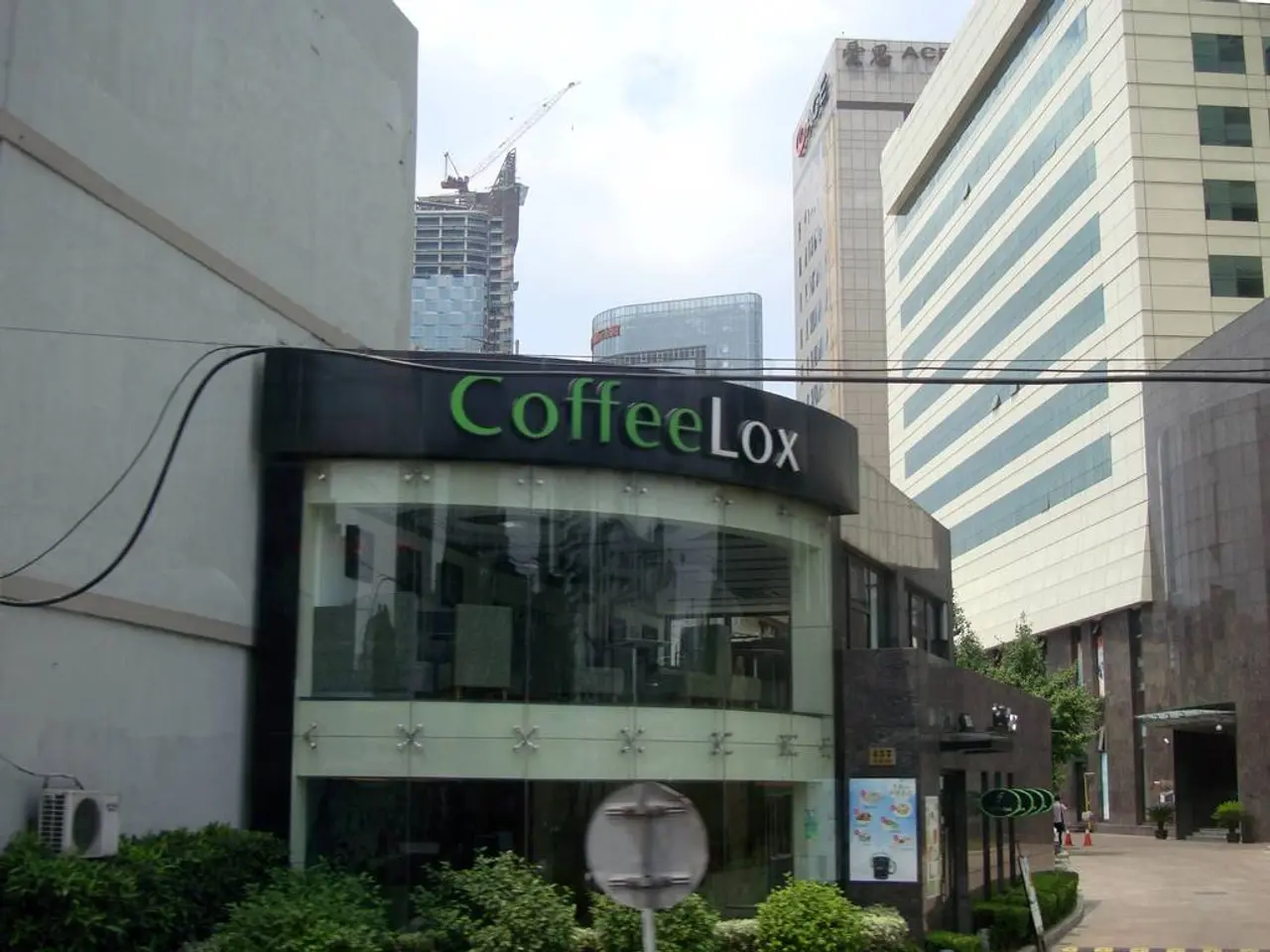Barriers to Sustainable Enterprise: Crucial Obstacles to Consider
In the upcoming five years, an entire generation of 2030 sustainable goals will reach their maturity. Sustainability promises made by businesses may undergo a significant test as decisions are put to the test: will ambitions translate into genuine progress?
At this point, the signs are less than encouraging.
Business leaders may have the motivation, yet the pathways to sustainability are less clear, slower, and more demanding than ever anticipated. As it turns out, good intentions are just not enough.
Across industries, leaders face the increasingly challenging reality that their sustainable business challenges go beyond what public declarations and ESG reports suggest. In order to make a meaningful difference, they need the right goals, the right infrastructure, and the right incentives.
It's essential to examine the subtle forces working against sustainability – misaligned incentives, fragile infrastructure, and underpriced risk. By taking a closer look at them, we can build companies that genuinely move the world forward.
When Goals Align With Real-World Sustainability
At the foundation of real change are leaders who understand the limitations today and the possibilities of tomorrow. One such executive is Kenn Ricci, founder of Flexjet, who strives to embody both while navigating the challenging aviation industry. Ricci's sustainability philosophy focuses on fostering achievable change through both ambition and patience.
Starting with the basic principle that good intentions alone won't create meaningful change, Ricci seeks to develop a clear path for his team that leads to realistic, believable, and doable outcomes. He knows that dreams aren't self-sustaining and that trust is the key to lasting change.
"Sustainability isn't a checkbox," Ricci emphasizes. "It's an ongoing negotiation between ambition and reality. The leaders who excel are the ones who never let go of either side."
His pragmatic optimism stands in stark contrast to the corporate world where too many companies consider sustainability goals in terms of appearances, with strategies driven by communications departments rather than operational leaders. To make a real difference, sustainability must be a steering wheel, not a rearview mirror.
Sustainability and Infrastructure: Lessons From Aviation and Energy
Setting the right goals is the first step in the battle, and building the right infrastructure is the war. Companies like 4AIR, ENOS, and Aeon Blue understand this well and are leading the charge to redefine infrastructure for a sustainable future.
By focusing on incremental steps, verifiable progress, and transparent reporting, these companies are building credibility and laying the groundwork for broader sustainability. They are proof that the challenges aren't insurmountable and that small, consistent progress drives lasting change.
Digital platforms are also playing a crucial role in democratizing access to sustainable energy. Companies like Freedom Forever are striving to make solar energy more accessible, efficient, and cost-effective. To achieve these goals, they focus on developing solutions that deliver competitive economic benefits in addition to environmental advantages.
The common thread among these trailblazers is their willingness to address the infrastructural challenges that have long hindered widespread sustainability adoption. They recognize that real progress demands a fundamentally rethought infrastructure.
Long-Term Investment: The Missing Link in Sustainability Strategy
Making the right investments is the long campaign – the battle that often goes unnoticed but is crucial to sustainability progress. The current system puts short-term returns first, making it difficult for sustainability investments to compete at par with traditional opportunities.
To overcome this challenge, companies must find ways to make sustainability investments more financially competitive. By seeking market shifts, regulatory frameworks, and pure innovation, they can drive structural changes in the returns of sustainability.
The good news is that economic and financial systems are evolving to accommodate sustainability. As consumers demand sustainable products and as businesses face increasing pressure to address climate change, the landscape is changing. At the intersection of economics and sustainability is where the future lies.
Those who dare to embrace this challenge will position themselves well for the future, as the shift toward cleaner, efficient, and more sustainable business practices accelerates. The question now is – will you be one of them?
Enrichment Data
General Insights
- Companies can make sustainability a central part of their business strategy by aligning their strategies with globally recognized frameworks like the United Nations Sustainable Development Goals (SDGs).
- Regular sustainability reporting and transparent communication help build trust and accountability among stakeholders.
- Continuous recalibration of ESG strategies is essential to adapting to evolving regulatory environments and political scrutiny.
- Engaging employees and encouraging them to adopt sustainable practices is crucial for embedding sustainability culture within an organization.
- Incentives, financial or otherwise, such as tax benefits and government policies, can help align ESG and sustainability strategies with long-term sustainability goals.
Case Study Examples
- Flexjet, a private jet company, focuses on operational improvements that align with larger sustainability aims while avoiding forcing the business into unsupported goals.
- 4AIR, a certification program for aviation's environmental impact, helps aviation stakeholders take incremental steps toward sustainability through carbon offset programs, sustainable aviation fuels, and transparent reporting.
- ENOS, Japan's largest energy company, invests in hydrogen transportation, synthetic fuels, battery recycling, and carbon capture to create a sustainable energy future.
- Aeon Blue, an energy transition technologies company, highlights the need for rethinking grid storage, reserve capacity, and distribution models to enable real sustainability gains.
- Freedom Forever, a residential solar company, aims to make solar energy more accessible, efficient, and cost-effective for consumers.
- Kenn Ricci, from Flexjet, exemplifies a leader who pursues sustainability by focusing on achievable changes, building a realistic path for his team, and understanding that trust is vital for lasting change.
- Companies like 4AIR, ENOS, and Aeon Blue are driving sustainability by focusing on incremental steps, verifiable progress, transparent reporting, and redefining infrastructure for a sustainable future.
- To make sustainability financially competitive and drive long-term progress, companies need to seek market shifts, regulatory frameworks, and innovations that create structural changes in the returns of sustainability.



